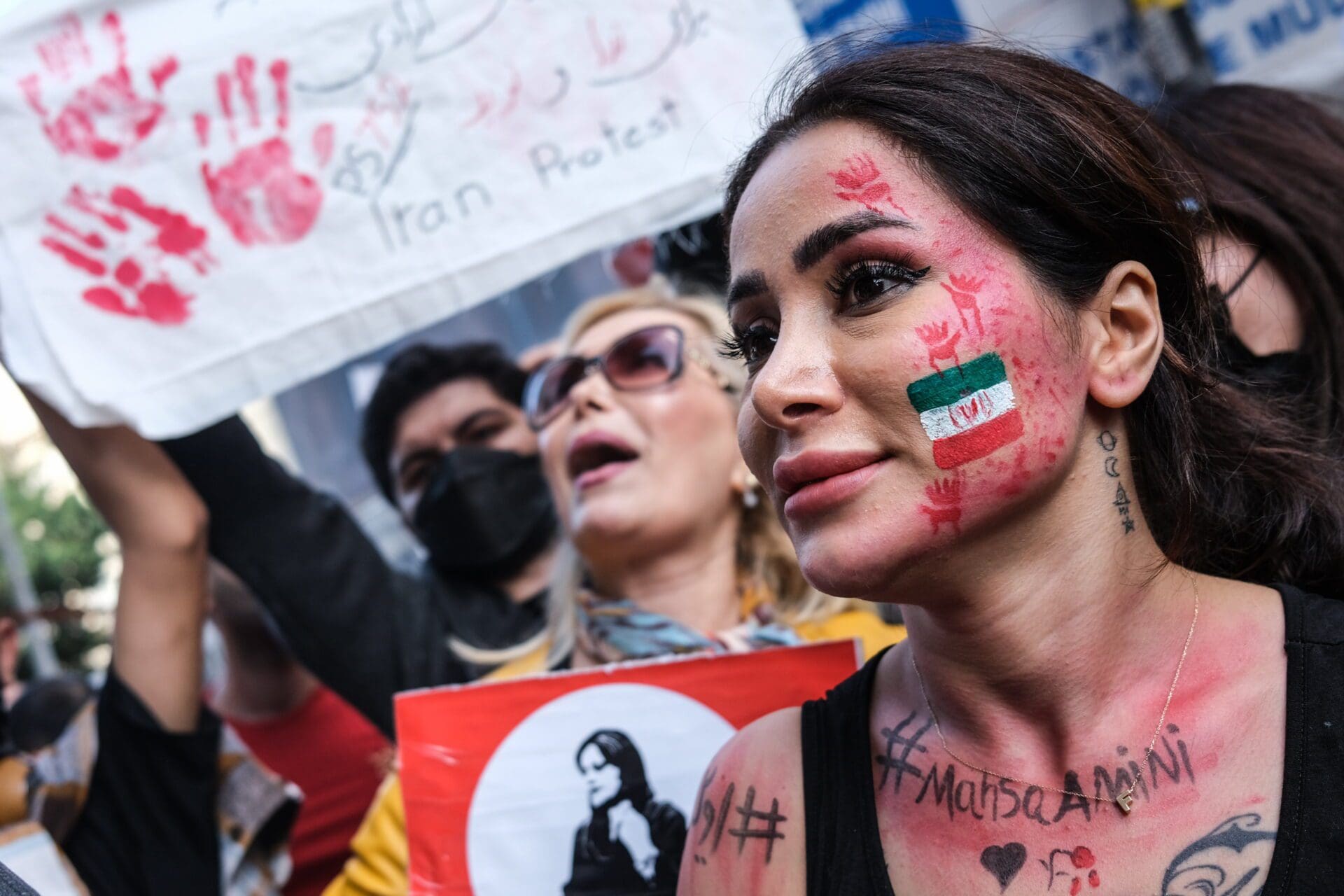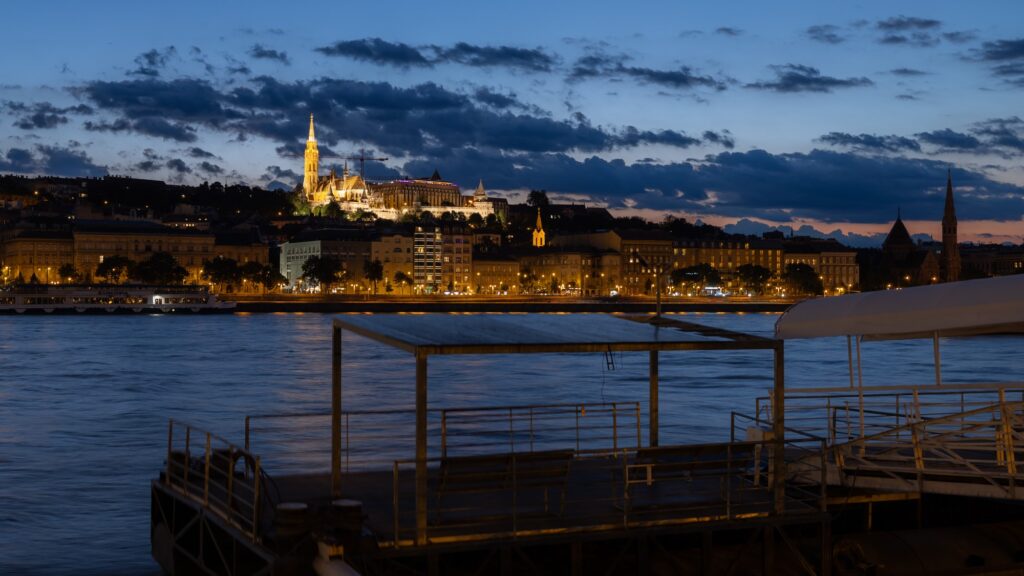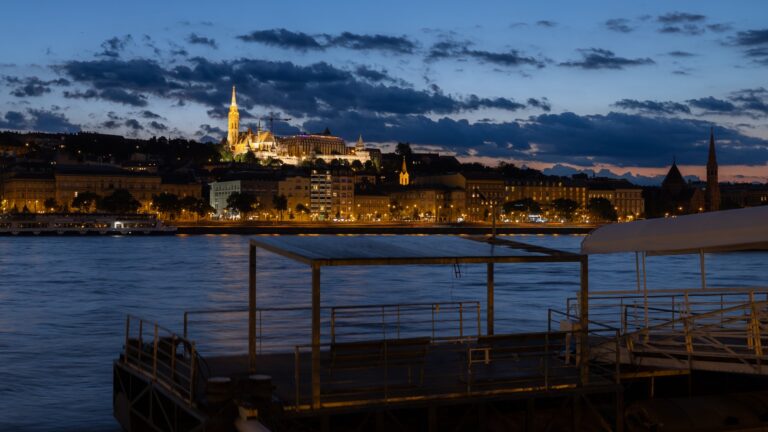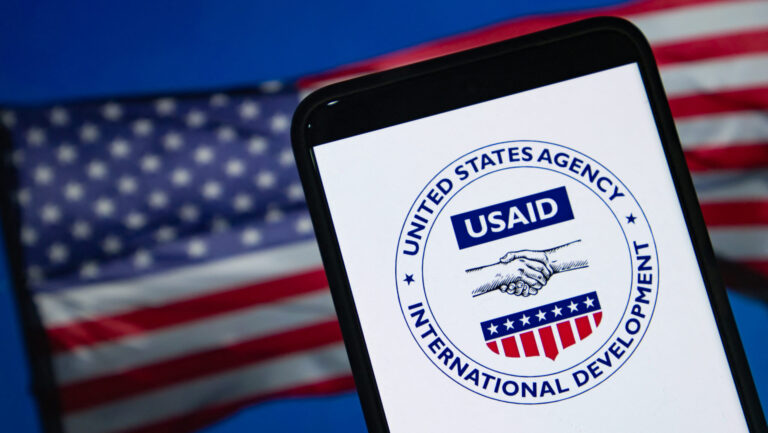This past Saturday in my residential city of Florence, Italy, I took part in an organised march to protest against the violence in the Islamic Republic of Iran. Indeed, it was one of many that continue to gain momentum, even in the US and other parts of Europe, to show solidarity with the victims of Supreme Leader Ayatollah Ali Hosseini Khamenei. In Iran, the public manifestations are now in their ninth week after Kurdish Iranian, twenty-two-year-old Mahsa Amini died from her injuries from beatings by religious morality police for not wearing the hijab.
The chanting of the protesters, ‘Woman, Life, Freedom’, has become the slogan of their pro-democracy movement. Since then, women, including teenage Persian girls, have burnt their hijabs as a symbol of dissent against a regime that has been oppressing and massacring its own people for the past forty-three years.
Celebrities of Iranian origin have lent their voices, too, such as award-winning actresses Hengameh Ghaziani and Katayoun Riahi, who were arrested in Iran after publicly removing their head veils. Another recent supporter was the captain of Iran’s national team at the World Cup in Doha, Ehsan Hajsafi. On Sunday, Hajsafi spoke of his support for the pro-democracy activists, saying players should be the voice of those suffering. In fact, before their World Cup match with England on Monday, the entire team declined to sing their national anthem in an apparent expression of solidarity with the anti-government protesters.
Khamenei’s response has been ruthless, even sentencing some protesters to death. Thus far, according to the activist news agency Human Rights Activists News Agency, as of Friday, more than four hundred protesters have been murdered by the regime, including fifty-eight minors; in addition, nearly seventeen thousand have been jailed.
The Hijab: A Pillar of Iranian Theocracy and Weakness
Some may ask why has the burning of the hijab or the refusal to wear it become a symbol of freedom? It is because, as Iranian journalist and activist Masih Alinejad says, aside Iran’s contemptuous opposition to the US and callous antipathy toward Israel, institutional misogyny is one of the pillars, i.e., an external symbol of Iran’s Islamic theocracy, which requires women to wear their head veils. The regime has gone so far as to promote the black chador, a large piece of cloth, which leaves only the face exposed.
Its compulsory wearing, despite certain Islamic scholars holding the contrary, is rooted in the texts Muslims hold sacred, including the following verses:
‘O you Children of Adam! We have bestowed on you raiment to cover your shame as well as to be an adornment to you. But the raiment of righteousness, that is the best. Such are among the Signs of Allah, that they may receive admonition.’ —Sura 7, 26
‘Oh Prophet, tell your wives and your daughters and the women of the believers to draw their cloaks [when they go abroad]. That will be better, so that they will be known and not be abused.’ —Sura 33, 59
‘[A woman] asked the Prophet, “Is there any harm for any of us to stay at home if she does not have a veil?“ He said: “She should cover herself with the veil of her companion.“’ — Sahih al-Bukhari,[1] Book 6, hadith 321
A reason for Muslim women to ‘cloak over themselves’, according to the Persian Sunni theologian Fakhr al-Din al-Razi (1149–1209), ‘is thus meant to ensure modesty and distinguish the free women from the slave women, so that men do not seek illicit relations with the former.’[2] (Notice how Islam justifies the enslavement of women.)
Ayatollah Khamenei, just like the first Supreme Leader of Iran, Ayatollah Ruhollah Khomeini, maintains his misogynist stance based on the ideas of the Sunni Egyptian Sayyid Qtub (1906-1966). He is considered to be the main ideologist of political Islam, i.e., the teaching that ‘true Islam’—as polity and society—must be reinstated on this earth. As the leaders of the only Islamic nation in the world whose government is ruled by clerics, the Ayatollah and the mullahs see themselves as destined by Allah to maintain a sharia-based community in their country.
As senior fellow at the Carnegie Endowment for International Peace Karim Sadjadpour explains, Qtub believed that female emancipation and gender equality would lead to the destruction of society and that in certain ways female beauty is part of this. Subsequently, women need to at least wear a hijab, if not a burqa, lest the entire Iranian theocracy falter.
Under the country’s compulsory veiling laws women and girls who disobey face harsh punishment and are often charged with ‘inciting corruption and prostitution.’ The state has given a number of women, including the activist Yasaman Aryani and her mother, Monireh Arabshahi, jail sentences—as much as sixteen years—for defying these laws. Thousands more continue to sacrifice themselves for seeking the freedom to choose how to dress.
Iranian officials have gone so far as to insert their own within the protests in order to spy and report on those whom the state considers traitors. In addition, Tehran uses surveillance cameras in public places to help identify and fine women who defy the mandatory hijab rule. On top of that, the chief of the Headquarters for Enjoining Right and Forbidding Evil, a government body responsible for enforcing sharia law, warned in August that women who post pictures of themselves without a hijab on the internet will be deprived of certain social privileges and be imprisoned for up to a year. Naturally, if Khamenei made any concession on the hijab, it would be a sign of weakness and subsequently the end of his reign.
Putting an End to the Regime
Masih Alinejad said that when the Berlin Wall fell, communism likewise crumbled overnight. In like manner, the same fate awaits the Ayatollah and his mullahs. This is because, as Karim Sadjadpour put it:
‘Like a body builder with failing organs, Iran displays external vigour that conceals ultimately internal maladies.’
Iranians, however, must continue protesting, knowing that never before in its history has the Islamic regime been so vulnerable. As it happened in the Soviet Union, citizens’ dissidence in Iran can achieve victory, too. The protests go beyond how women should dress. They are, in fact, a movement of a people who have had enough of oppression.
Eventually, the Iranian military must change its allegiance, especially the Islamic Revolutionary Guard Corps who exist to maintain the theocratic principles of the 1979 Revolution. They need to realise that supporting the eighty-three-year-old Khamenei, or any other Islamic despot, is not in their own interest, let alone in that of the Iranians. Why support an ayatollah when he orders the murder of his own people?
While Iranian women and girls have been most visible on the frontlines, the sheer number of the protesters, as already discussed, suggests that dissatisfaction with the regime is rampant. The uprising has apparently spread to over one-hundred-seventy cities, making it the largest and most sustained stretch of civil unrest to grip Iran since 2009.
Let us not give up on the activists in Iran, for the game’s afoot. The more we publicly manifest our solidarity with them, the better chances they will have of ousting their draconian government.
[1] Even though the hadiths, i.e., the corpus of the sayings or traditions of the Prophet Muhammad recorded by the aforementioned Sahih al-Bukari are mainly revered by Sunni Muslims, they are nevertheless accepted by Iranian Shi’ites as a major source of religious law and moral guidance.
[2] Seyyed Hossein Nasr, ed., The Study of the Quran. New York, HarperCollins Publishers, 2015, 1038.








